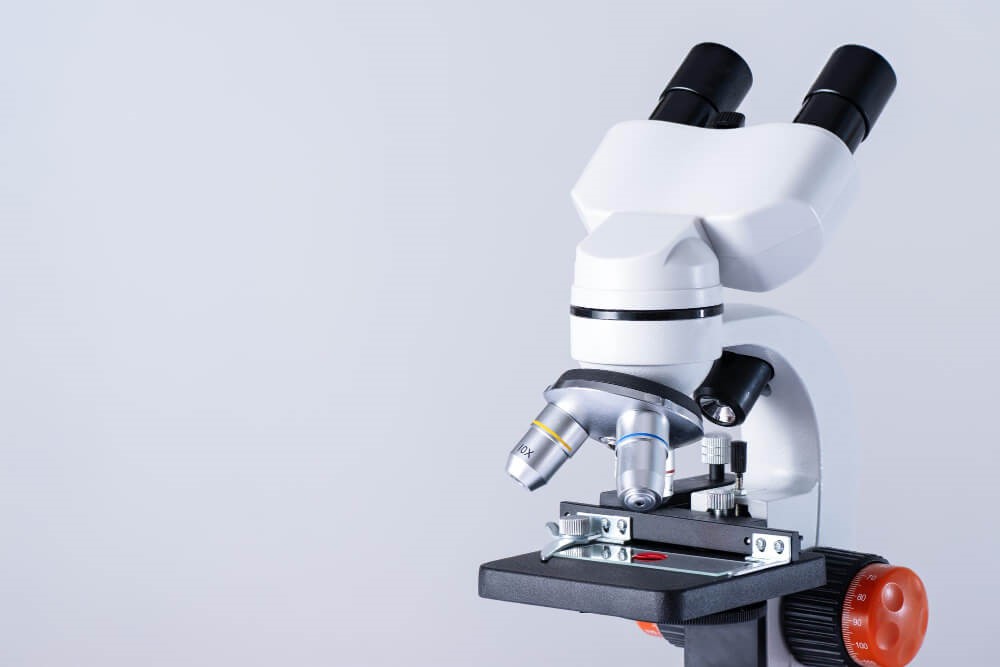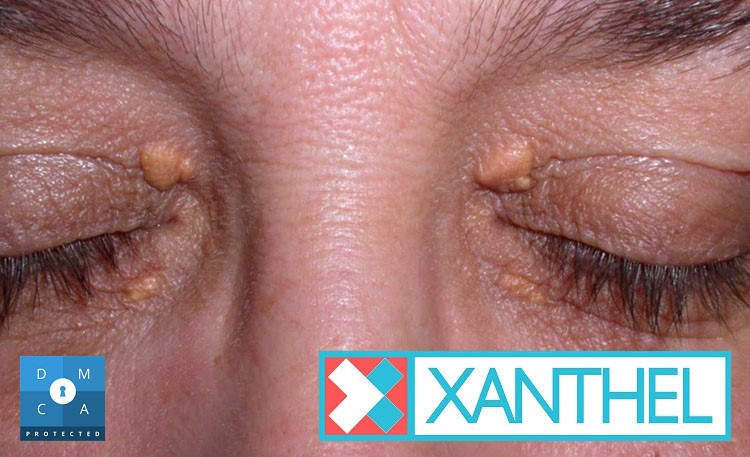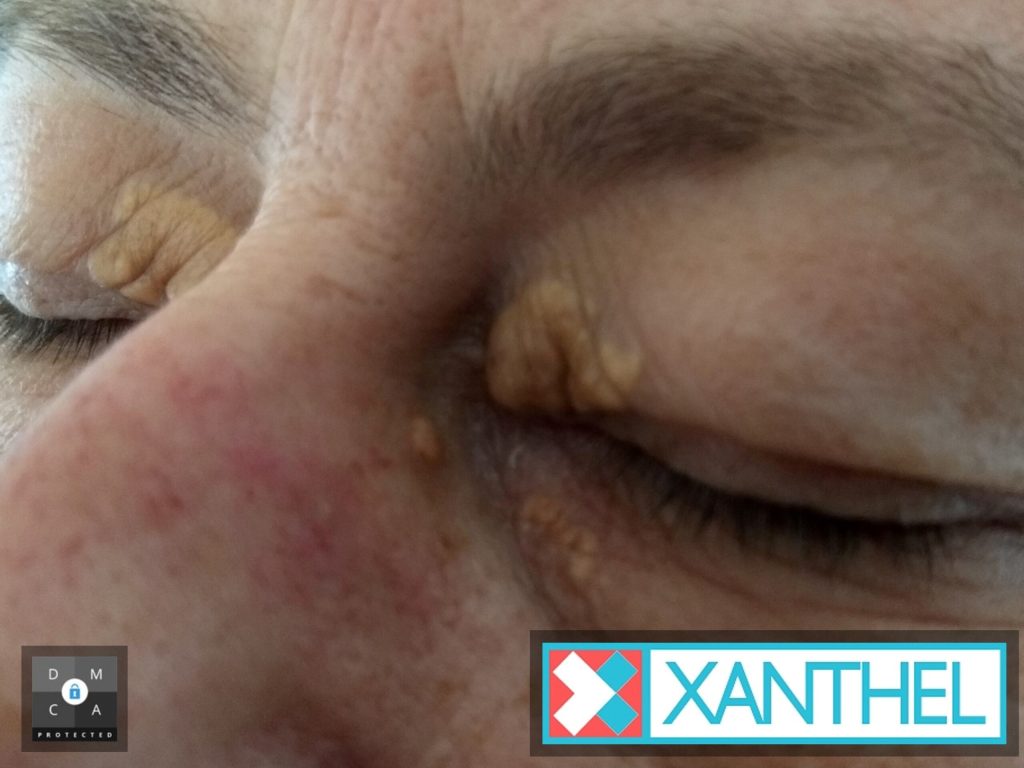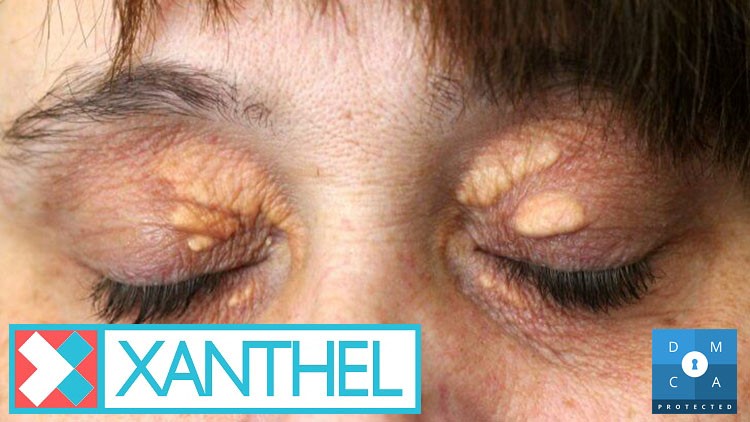Understanding Xanthelasmas – Plural and Broader Context
Understanding Xanthelasmas – Plural and Broader Context
It begins with one. A single, yellowish island on the delicate skin of your eyelid. You notice it, worry about it, perhaps even get used to it. But then, a subtle shift occurs. You look in the mirror one morning and realize it is no longer alone. A second plaque has appeared, often a near-perfect mirror image on the opposite eyelid. This is the moment when a minor cosmetic concern transforms into something that feels more significant, more deliberate. This is the arrival of xanthelasmas.
The plural matters. The appearance of multiple plaques changes the narrative. A single spot can be dismissed as a fluke, a random blemish. But two or more, often appearing in a symmetrical pattern, suggest a systemic reason, a story that your body is trying to tell. Understanding the broader context of why these plaques multiply is the key to moving past the confusion and taking control of your skin’s appearance and your peace of mind.

What Are Xanthelasmas? The Anatomy of a Pattern
The word “xanthelasma” comes from the Greek for “yellow plate,” a literal and accurate description. A single plaque is a xanthelasma. When you have more than one, the correct plural term is xanthelasmas. These are not bumps, cysts, or growths in the traditional sense. They are soft, localized deposits of cholesterol and other fats, known as lipids, that have accumulated within the upper layers of the skin. They are entirely benign, meaning they are not cancerous and pose no direct threat to your physical health or your eyesight.
Their impact, however, is deeply felt. Because they appear on the most expressive part of your face, they can be a significant source of self consciousness. The shift from having one xanthelasma to having multiple xanthelasmas often marks a psychological turning point, prompting a deeper search for answers and solutions.

The Telltale Signs: Recognizing the Shared Characteristics
While they can vary slightly, xanthelasmas have a consistent set of features that make them identifiable. Recognizing this pattern is the first step in confirming your concern.
- Distinctive Color: Their most defining trait is their color, a unique hue ranging from pale, creamy white to a more pronounced buttery yellow. This color is a direct result of the cholesterol and fats that form the deposit.
- Soft, Flat Texture: Unlike hard cysts or rough warts, xanthelasmas are soft and pliable to the touch. They are typically flat or only slightly raised, feeling like an integrated part of the skin that has simply changed.
- Prime Location: They almost exclusively appear on or around the eyelids. The upper lids and the inner corners of the eyes are the most common sites.
- Symmetrical Pattern: This is the key characteristic in the context of multiple plaques. Xanthelasmas have a strong tendency to be bilateral, appearing in a mirrored pattern on both the left and right sides of the face.
- Slow Progression: These plaques develop slowly. They may start as tiny pinpricks and gradually expand over the course of months or even years. Sometimes, separate small plaques will merge into one larger, more noticeable patch.

Why More Than One? The Science Behind Bilateral Symmetry
The question that haunts anyone with multiple plaques is, “Why are there two?” The answer lies in the two primary pathways that lead to their formation, both of which logically explain the symmetrical pattern.
The Systemic Signal: A Message from Your Bloodstream
For about half of all people who develop xanthelasmas, the plaques are a direct, external manifestation of an internal condition called dyslipidemia. This means there are elevated levels of fats, such as LDL (“bad”) cholesterol or triglycerides, circulating in the blood. When the body has an excess of these lipids, it begins to deposit them in various tissues. The eyelids, with their incredibly rich network of tiny blood vessels and very thin skin, are a prime location for these deposits to become visible.
Because this condition is systemic, affecting your entire bloodstream, it impacts the body globally. It is not confined to one side of your face. Therefore, the conditions that allow a plaque to form on the left eyelid are almost always present on the right eyelid as well. This is why the symmetrical, bilateral appearance is a classic sign of xanthelasmas linked to high blood cholesterol.

The Localized Vulnerability: When the Skin Itself is the Cause
The other half of cases occur in people with perfectly normal cholesterol levels. For these individuals, the problem is not an excess of fat in the blood, but a localized vulnerability in the skin itself. The skin cells of the eyelids may have a genetic predisposition that makes them more “receptive” to absorbing and storing lipids, even at normal concentrations.
Think of your facial structure. Your left and right sides are biological mirror images, governed by the same genetic blueprint. If the skin on your left eyelid is genetically programmed to be “sticky” for lipids, it is almost certain that the skin on your right eyelid shares that exact same trait. This explains why, even without a systemic cholesterol issue, the plaques would still develop in a symmetrical, bilateral pattern. It is a reflection of the inherent symmetry of your own body. The American Academy of Dermatology explains this possibility, confirming that the condition is not always tied to systemic health.

The Amplified Impact: Living with Multiple Plaques
The emotional weight of xanthelasmas increases exponentially with their number. A single spot is a flaw, but a symmetrical pair can feel like a frame, constantly drawing attention to the very thing you wish would disappear. This “framing effect” can make you feel as though your eyes, the center of your expression, are bracketed by a sign of age or poor health.
This can lead to a host of frustrating and exhausting behaviors. The daily ritual of applying concealer becomes more complex as you try to achieve a perfect, symmetrical cover-up. You may become hyper-aware of lighting, avoiding bright overhead lights that seem to highlight the plaques. Photographs can become a source of anxiety, and you might find yourself shying away from social situations where you feel exposed. This psychological burden of visible skin conditions is a very real, and very heavy, part of the experience.

Pathways to a Clearer Appearance: Navigating Your Options
The decision to address the appearance of your xanthelasmas is a powerful step toward reclaiming your confidence. The journey should always begin with a visit to your doctor for a lipid panel to rule out or manage any underlying cholesterol issues. This is crucial for your overall health.
Once you have clarity on your health status, you can focus on the cosmetic aspect. When dealing with multiple plaques on the sensitive skin of both eyelids, the choice of what to do next requires careful consideration. Professional options like laser therapy, cryotherapy, or surgical excision are available, but they involve treating two delicate areas, which can mean increased cost, downtime, and the challenge of achieving a perfectly symmetrical outcome. The prospect of undergoing these procedures can lead many to search for a more straightforward, private, and effective solution.

When you are ready to move beyond the worry and take decisive action, Xanthel ® Gel offers the clear, logical path forward. It is a professionally formulated solution designed for at home use, empowering you to address the cosmetic appearance of your xanthelasmas with precision and privacy.
Why let multiple plaques dictate how you feel about your reflection? Xanthel ® Gel is specifically engineered to cosmetically diminish the appearance of these yellowish deposits. Its targeted formula works directly on the plaques, helping to restore the smooth, even-toned look of your skin. For many of our clients, a single application is all that is needed to see a significant cosmetic improvement on their plaques.
Created to be effective across all skin tones and delivered free, worldwide, Xanthel ® Gel is the definitive choice for those seeking a direct and effective solution. Stop managing a pattern of frustration and start revealing the confident skin you deserve. Choose Xanthel ® Gel and take control of the narrative.

Xanthel ® Cosmetic Gel
A focused cosmetic gel formulated specifically to improve the appearance of eyelids bearing xanthelasma plaques. Its composition is selectively designed for cosmetic impact across all skin tones, offering a straightforward, at-home option for managing the look of these blemishes.
A Singular Application
The power of Xanthel ® is in its simplicity. It is formulated for a single, one-time cosmetic application. This focused approach is designed to visibly diminish the appearance of xanthelasma plaques, removing the need for daily or repeat uses.
Legal: This product is for cosmetic use only. Not intended to diagnose, treat, cure, or prevent any medical condition. Consult a healthcare professional regarding skin conditions. Xanthel ® is custom-formulated based on your plaque characteristics, age, and skin tone to ensure optimal cosmetic effectiveness for your xanthelasma.